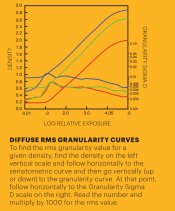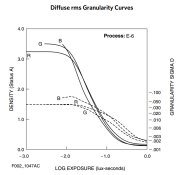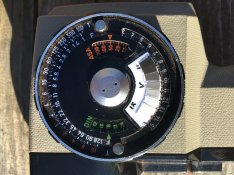That's an extremely misleading and condescending comment.
I shoot in the UK as well as Turkey and Greece, Surprisingly in Turkey/Greece I have no issues with highlights, shadows etc even with marble around, and that's been with Tmax100 & 400, Delta 100 & 400 and also HP5. Now the light is usually excellent in Turkey.Greece very intense sunlight but there's also so much light bouncing about that shadows aren't deep and normal exposure and development is all that's required.
Ironically it's the sunlight in the UK that's tends to be harsher and there's a greater difference between highlights and shadows particularly in the Spring, Autumn and Winter when the sun's quite low anyway and there's less overall light bouncing around so the opposite of your comment. Of course it's different on overcast days anywhere.
Ian, that image has no strong highlights, it has a moderate SBR, beyond compressed shadows under bridge, there are no glares or shines, if you placed the shadow of the front rock at -1 then the rest of the terrain is at +2.
Highlights I was speaking are beyond +3.
Those extreme highlights can be important in an studio protrait, for exampe, when when wanting texture in the glares that show face volumes.










